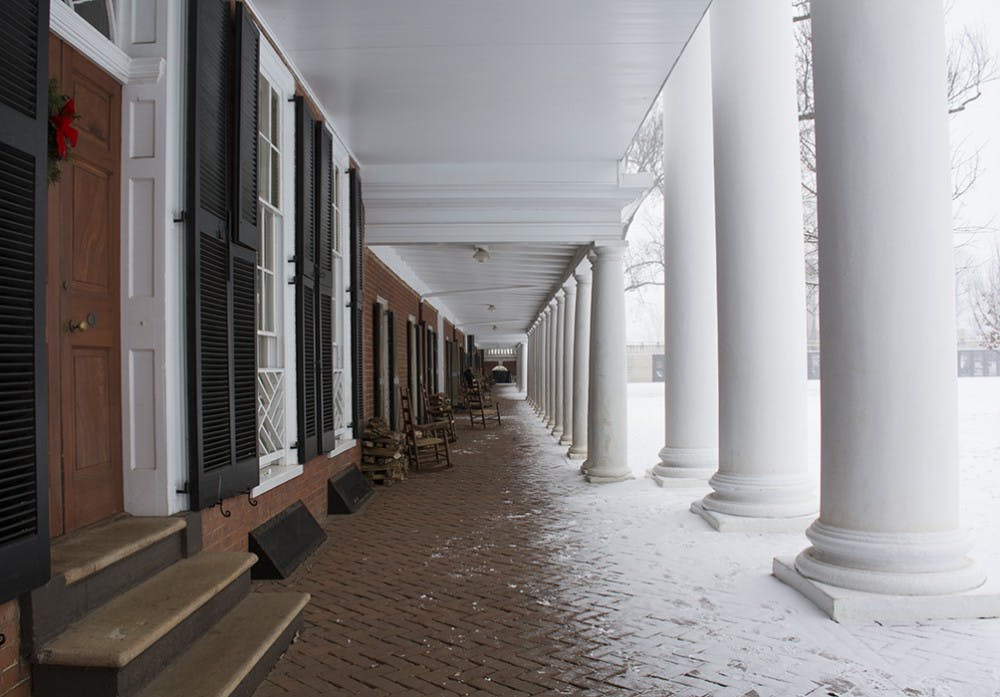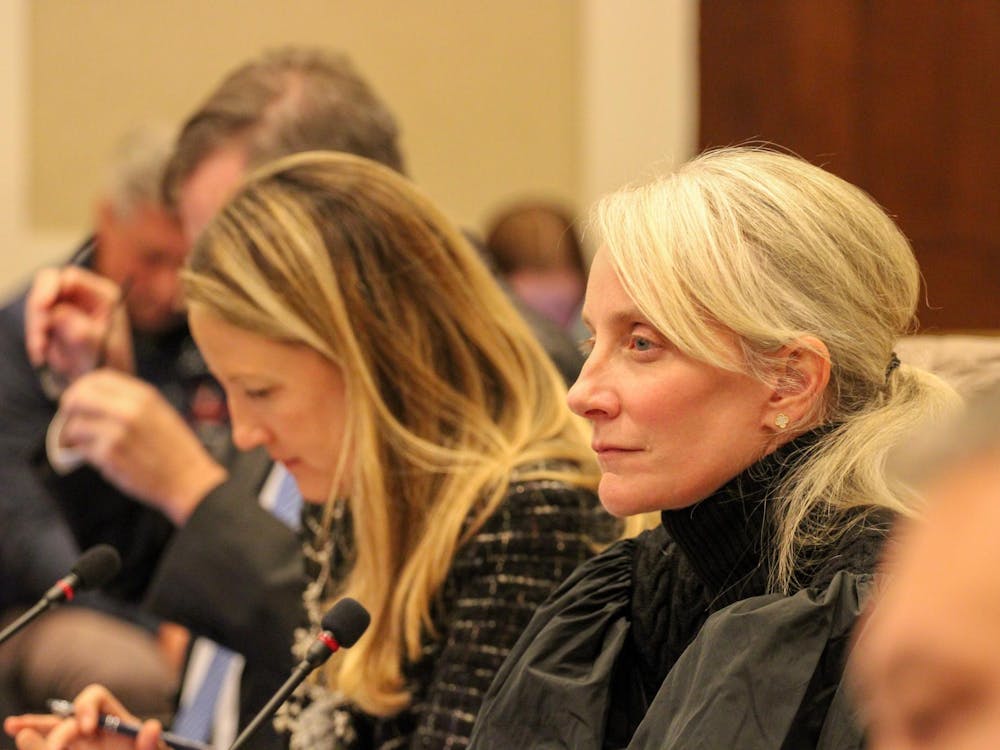The Lawn Selection Committee revised the application process for the 2016-17 school year.
Vanessa Ehrenpreis, Lawn Selection Committee head and fourth-year College student, said the procedure for selecting residents has changed from years past.
“I believe three years ago every single committee member had to read every single application which maybe in the early ’90s or ’80s was an okay system when there were fewer applicants,” she said. “But when it got [toward] 300 applications that you had to review within a month, it got a lot more difficult for the committee.”
Last year, then-Lawn Head Resident Sky Miller and Jalen Ross, then-Lawn resident and Student Council president, retooled the system to work in three small groups which each read three subsets of applications, according to Ehrenpreis.
“I think that was there big push to get committee members to read all these applications in a reasonable amount of time,” Ehrenpreis said. “We wanted to see if that portion of their idea [could work], but also make sure every single committee member had a good understanding of the entire applicant pool and had that breadth of knowledge about everybody who's applying and not just a small subset.”
A change to the application process this year is the implementation of two rounds of of review. In the first round, the Selection Committee is split in half and reads half the applications, each group ranking their top selections. In the second round, the entire Selection Committee reads those top selections.
The addition of a calibration committee is another new change this year, which Ehrenpreis described as “in flux.”
“The main idea behind that is if the Selection Committee somehow doesn’t select someone that is representative or exactly what they’re hoping for then there is some kind of recourse that can be taken,” Ehrenpreis said. “The administration would decide whether calibration is needed at all and the students will decide how that calibration should actually happen.”
Ehrenpreis said any changes to the Selection Committee’s decisions will be handled in a prudent and sensitive manner.
“This calibration committee ensures that the students’ vision can be upheld even if the Selection Committee maybe didn’t do the job the students envisioned in the first place,” she said. “The Lawn is, for better or worse, the pinnacle of U.Va. and the pinnacle of the U.Va. community so if we want it to be the best community it can be, the students should have some way to do that and make sure that is going to happen.”
In the new existing structure, there are two committees involved in the process — the Selection Committee and the Organizing Committee.
Through a lottery, 26 fourth-year students who are in good academic standing are chosen to serve on the Lawn Selection Committee. In total, there are 52 Selection Committee organizations, according to the Lawn Selection Guidelines.
There are typically 26 ex-officio organizations, including the Student Council, University Judiciary Committee, Inter-Fraternity Council, Black Student Alliance and Queer Student Union, among others, with members representing them in the Selection Committee.
The Organizing Committee reviews membership of the Selection Committee, creates application materials, announces selection criteria and trains the Selection Committee.
The Organizing Committee is comprised of the Dean of Students as the chairperson, the Dean of African-American Affairs, the Director of Information Technology in Housing & Residence Life, the Senior Resident on the Lawn, and the presidents or chairpersons of the following groups: Student Council, the Honor Committee, the University Judiciary Committee and the seven undergraduate school councils (Architecture, Batten, College, Commerce, Education, Engineering and Nursing).
This year the Lawn Selection Committee also changed the application materials to reflect a change in philosophy concerning academic merit, Ehrenpreis said.
“The general perception for [the] Lawn application is that you have to have a 3.8 or 3.9 [grade point average] and that’s a huge misconception,” Ehrenpreis said. “We wanted that to be reflected in the essay question. We refocused it this year to ask academic past as opposed to academic merit.”
The Selections Committee received 291 applications from the Class of 2017 to live in a Lawn room next year for 47 spots.







